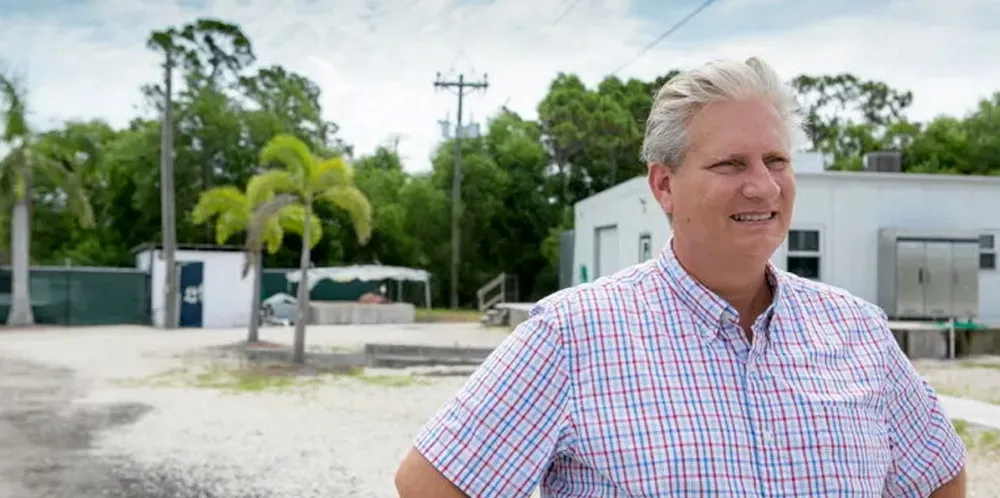Is indoor shrimp farming the next land-based aquaculture boom?
With fast growth rates and more location flexibility, could indoor shrimp farming be the new RAS investment frontier?

With fast growth rates and more location flexibility, could indoor shrimp farming be the new RAS investment frontier?
